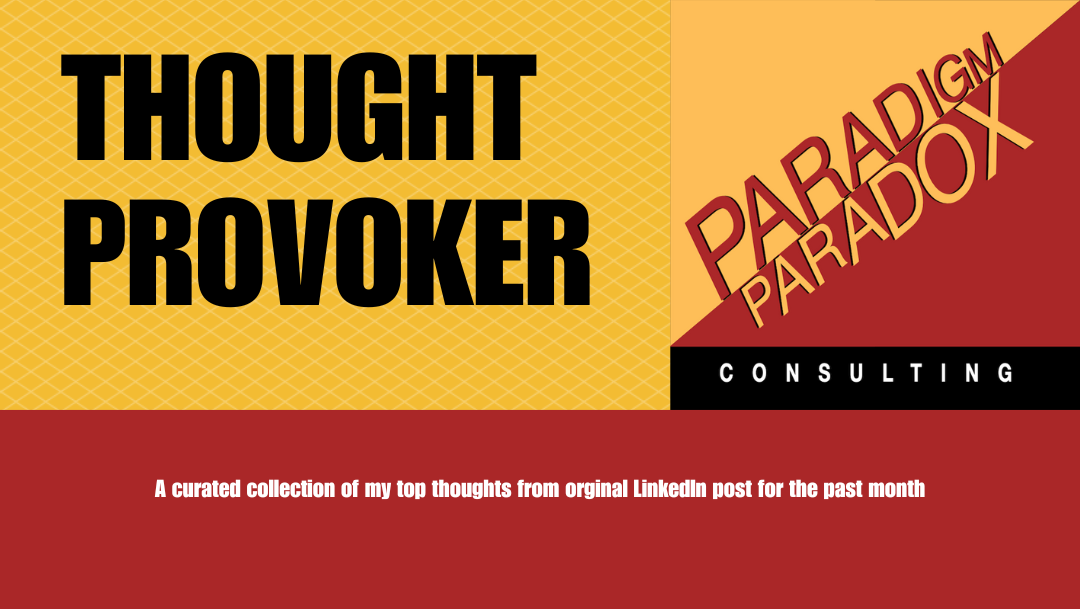December 2025 newsletter
https://www.linkedin.com/pulse/december-2025-tim-moore-qfjie
December 2025 newsletter
https://www.linkedin.com/pulse/december-2025-tim-moore-qfjie

My top post from LinkedIn for 2025
https://www.linkedin.com/pulse/special-edition-top-post-2025-tim-moore-8uyye
See ideas and thoughts that I am posting on Linked in my monthly newsletter. The newsletter is a curated collection of my top thoughts from my daily orginal post on LinkedIn for the past month.